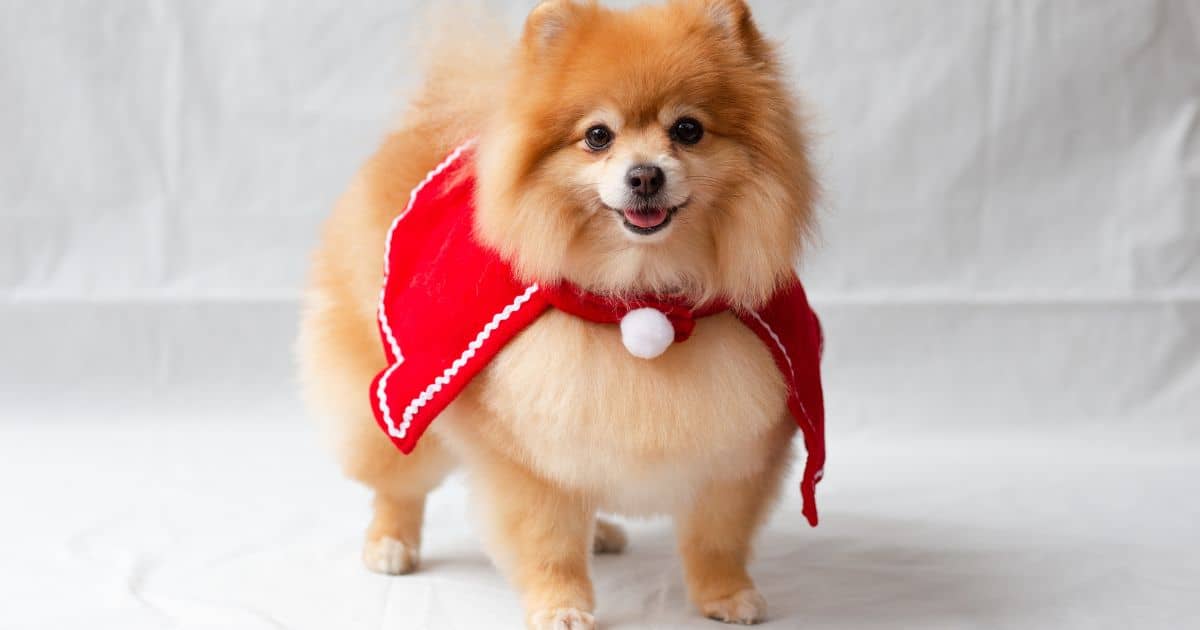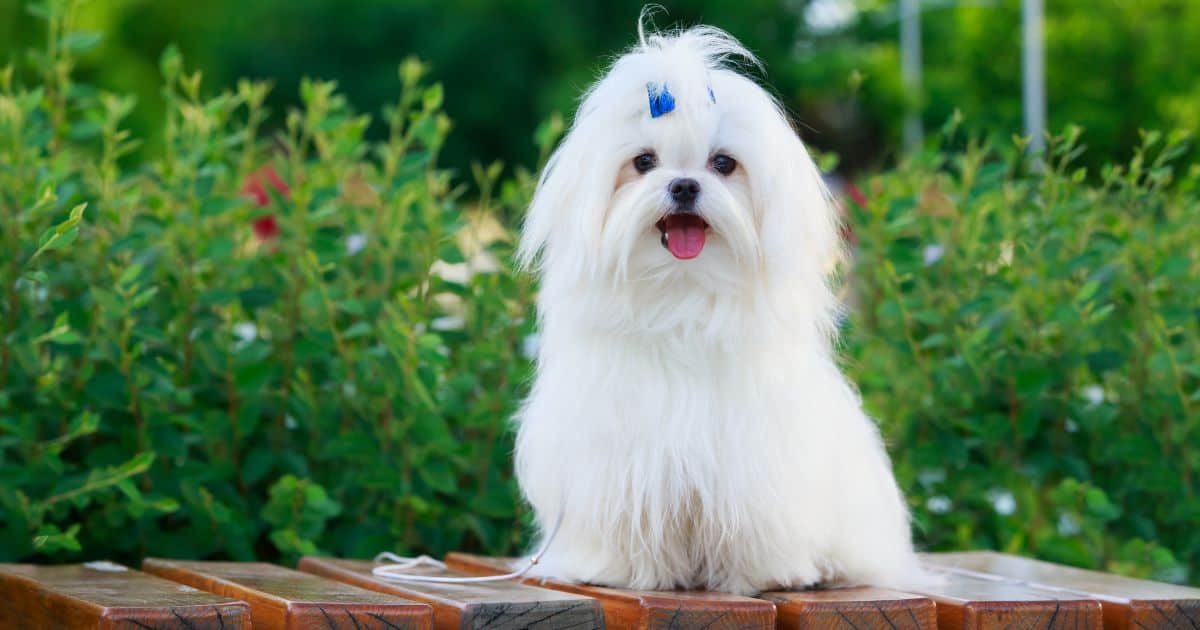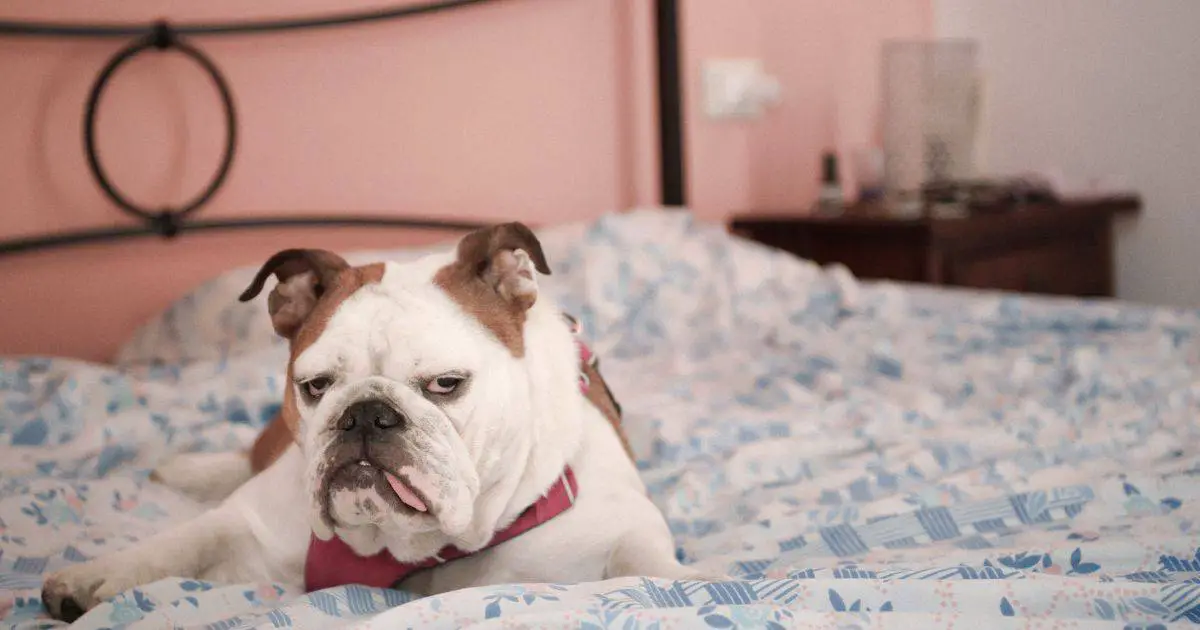Table of Contents
If you own a Bichon Frise, you know how important it is to keep their coat well-groomed. A Bichon’s coat is unique and requires specific grooming tools to keep it looking its best. One of the most important tools you’ll need is a clipper, but with so many different sizes available, it can be overwhelming to choose the right one. In this article, we’ll discuss what size blade you should use to groom your Bichon Frise.
Understanding your Bichon Frise’s coat is the first step in choosing the right blade size for grooming. Bichons have a double coat, consisting of a soft, dense undercoat and a coarser, curlier topcoat. This is why their coat stands out from the body rather than lying down flat. To keep their coat looking its best, you’ll need to use clippers that can handle both types of fur.
Choosing the right blade size is crucial to achieving the desired look for your Bichon Frise. Using the wrong size can result in uneven cuts and make your dog’s coat look patchy. In the next section, we’ll discuss the most common blade sizes used for grooming Bichon Frises and how to choose the right one for your dog.
Key Takeaways
- Understanding your Bichon Frise’s coat is crucial in choosing the right blade size for grooming.
- Choosing the right blade size is important to achieve an even cut and keep your dog’s coat looking its best.
- The most common blade sizes for grooming Bichon Frises are 3F, 4F, and 5F.
What Size Blade Should I Use to Groom My Bichon Frise
Before you start grooming your Bichon Frise, it is important to understand the breed and their coat type. Bichon Frise are small, sturdy dogs that are known for their curly, white coat. They have a double coat, which means they have an undercoat and a topcoat. The undercoat is soft and dense, while the topcoat is curly and coarse.
Bichon Frise has a healthy coat that requires regular grooming to maintain. They are also hypoallergenic, which means they produce less dander than other breeds. However, this does not mean they are completely allergen-free. If you have allergies, it is still important to take precautions when grooming your Bichon Frise.
When grooming a Bichon Frise puppy, it is important to start early. This will help them get used to the grooming process and make it easier for you in the long run. Regular grooming will also help prevent matting and tangles in their coat.
To groom your Bichon Frise, you will need to use the appropriate blade size for their coat. Using the wrong blade size can result in an uneven cut or damage to their coat. It is important to choose a blade size that is appropriate for your Bichon Frise’s coat type and the desired length of their coat.
In the next section, we will discuss the different blade sizes that are commonly used for grooming Bichon Frise.
Basic Grooming Needs of a Bichon Frise
Grooming your Bichon Frise is an essential part of their care and well-being. They have a fluffy coat that requires regular brushing to prevent matting and tangling. Here are some basic grooming needs that you should consider:
Brushing
Brushing your Bichon Frise’s fur is a crucial part of their grooming routine. It helps to remove any tangles or mats that may have formed in their fur. You should aim to brush your Bichon Frise daily to keep their fur looking fluffy and prevent any matting or tangles.
Bathing
Bathing your Bichon Frise is also an essential part of their grooming routine. You should aim to bathe your Bichon Frise every four to six weeks, depending on their activity level and how dirty they get. Use a hypoallergenic shampoo and conditioner to avoid any skin allergies or irritation.
Eyes, Ears, Teeth, and Nails
Your Bichon Frise’s eyes, ears, teeth, and nails also require regular cleaning. Use a damp cloth to clean their eyes and ears, and a toothbrush and toothpaste to clean their teeth. You should also clip their nails regularly to prevent them from getting too long.
Professional Grooming
Professional grooming is an excellent option for Bichon Frise owners who do not have the time or the expertise to groom their dogs themselves. Professional groomers have the necessary grooming tools and experience to give your Bichon Frise a proper haircut and grooming.
Allergies
Bichon Frises are prone to skin allergies, so it is essential to use hypoallergenic grooming products and avoid any harsh chemicals that may irritate their skin. If you notice any discharge from your Bichon Frise’s eyes or ears or any signs of skin irritation, take them to the veterinarian immediately.
Drying
After bathing your Bichon Frise, it is crucial to towel dry them thoroughly and use a blow dryer to dry their fur completely. Leaving your Bichon Frise wet can cause skin irritation and matting.
In summary, grooming your Bichon Frise is a high-maintenance task that requires daily brushing, regular bathing, and cleaning of their eyes, ears, teeth, and nails. Professional grooming is also an excellent option for those who do not have the time or expertise to groom their dogs themselves. By following these basic grooming needs, you can keep your Bichon Frise looking and feeling their best.
Choosing the Right Grooming Tools
When it comes to grooming your Bichon Frise, it’s important to have the right tools on hand. Here are some grooming tools you might need:
Brush and Comb
Your Bichon Frise’s coat requires regular brushing to prevent matting. A pin brush and slicker brush are both good options for brushing your dog’s coat. You can use a greyhound comb or steel comb to remove any tangles or mats.
Clippers and Blades
If you want to give your Bichon Frise a shorter haircut, you’ll need clippers and blades. A size 10 blade is a good choice for a short cut. If you want to leave the coat a bit longer, you can use a longer blade. Professional groomers often use corded clippers, but cordless clippers are also available. Multi-speed clippers can be helpful for different areas of the coat.
Trimmers
If you want to trim your Bichon Frise’s face or paws, you’ll need trimmers. Corded trimmers are a good choice for precise trimming.
Comb Attachments
Clipper comb attachments can help you achieve a uniform length across your dog’s coat. You can use a #4 or #5 blade for a longer cut, but be sure to use a shorter blade around the anal area and underneath the hind leg.
Other Tools
Don’t forget to have a dog toothbrush, cotton balls, and dog conditioner on hand. You might also want to invest in a grooming table to make the process easier.
By choosing the right grooming tools, you can keep your Bichon Frise looking and feeling great.
Grooming Process for Bichon Frise
Grooming your Bichon Frise is an essential part of their overall care. It helps keep their coat healthy, tangle-free, and looking its best. Here’s a step-by-step guide to grooming your Bichon Frise:
Step 1: Brushing and Combing
Brush and comb your Bichon Frise daily with a pin brush and greyhound comb [1]. Bichons have a double coat that mats easily as the undercoat sheds and gets tangled up in the outer guard hairs. To keep your Bichon’s coat healthy and tangle-free, give it a thorough combing and brushing daily with a greyhound comb and pin brush.
Step 2: Bathing
Bath your Bichon Frise once a month with a hypo-allergenic shampoo [4]. Make sure to use lukewarm water and avoid getting water in their ears. Rinse their coat thoroughly and use a detangling spray to help remove any knots.
Step 3: Drying
After bathing, towel dry your Bichon Frise and use a hair dryer on a low setting to dry their coat completely. Make sure to brush their hair while drying to prevent any tangles and mats.
Step 4: Trimming
Use a 3F to 5/8 HT blade to give your Bichon Frise a plush look on their body. For a shorter look on their body, use a 4ST or 4F – 5ST or 5F blade. Use scissors to trim their head, tail, and legs.
Step 5: Attention to Detail
Pay attention to your Bichon Frise’s legs and paws. Trim the hair around their paws and in between their toes with nail clippers. Clean their ears with an ear-cleaning solution and a cotton ball. Brush their teeth with toothpaste and a toothbrush.
Step 6: Whitening
If your Bichon Frise’s coat is white, use a whitening shampoo to help keep their coat bright and shiny. For any stains, use a mixture of peroxide and water to gently remove them.
Remember to give your Bichon Frise lots of attention and praise throughout the grooming process. With these steps, you can keep your Bichon Frise looking and feeling their best.
Special Care for Bichon Frise
Bichon Frise dogs have a unique coat that requires special care to keep them healthy and looking their best. Here are some tips to keep in mind when grooming your Bichon Frise:
Use a Leave-In Conditioner
Bichon Frise dogs have a thick, curly coat that can easily become tangled and matted. To prevent this, it’s important to use a leave-in conditioner after bathing your dog. This will help to keep the hair soft and manageable and make it easier to brush and comb.
Straight vs. Curly Hairstyles
Bichon Frise dogs can have either straight or curly hair, depending on their genetics. If your dog has curly hair, it’s important to keep it trimmed regularly to prevent matting. If your dog has straight hair, you can let it grow longer without worrying about tangles.
Be Aware of Skin Allergies
Bichon Frise dogs are prone to skin allergies, which can cause itching, redness, and irritation. To prevent this, it’s important to use a gentle shampoo and avoid using any harsh chemicals or fragrances on your dog’s coat. If you notice any signs of skin irritation, consult with your veterinarian for treatment options.
Overall, grooming your Bichon Frise requires patience and attention to detail. By following these tips and taking good care of your dog’s coat, you can keep your Bichon Frise looking and feeling great.
FAQs
What size blade is recommended for grooming a Bichon Frise?
When it comes to grooming your Bichon Frise, the size of the blade you use will depend on the length of the hair you want to achieve. For a shorter cut, a 4F or 5F blade is recommended. If you prefer a longer cut, a 3F or 5/8 HT blade is recommended. However, personal preference matters, so it’s best to experiment and find the blade size that works best for you and your Bichon Frise.
What are the best clippers to use for grooming a Bichon Frise?
There are many clippers available in the market, and it can be overwhelming to choose the right one. However, it’s best to choose a clipper that is specifically designed for pet grooming. Some popular brands include Andis, Wahl, and Oster. It’s also recommended to choose a clipper with a powerful motor and a range of blade sizes to accommodate different hair lengths.
Can you shave a Bichon Frise completely?
While it’s possible to shave a Bichon Frise completely, it’s not recommended. Bichon Frises have a double coat that protects them from the elements, and shaving can damage their coat and leave them vulnerable to sunburn and other skin issues. It’s best to trim their coat to a shorter length instead of shaving it completely.
What is the best slicker brush for grooming a Bichon Frise?
The best slicker brush for grooming a Bichon Frise is one that has fine, tightly spaced bristles. This type of brush can effectively remove tangles and mats from their curly coat without damaging it. Some popular brands include Chris Christensen, JW Pet, and Hertzko.
How much does it cost to groom a Bichon Frise professionally?
The cost of grooming a Bichon Frise professionally can vary depending on the groomer and the services provided. On average, a basic grooming session can cost anywhere from $40 to $75. However, if your Bichon Frise requires more extensive grooming, such as a haircut or dematting, the cost can increase.
At what age should I start grooming my Bichon Frise?
It’s recommended to start grooming your Bichon Frise as early as possible to get them used to the process. You can start by brushing their coat regularly and introducing them to grooming tools such as combs and brushes. It’s also important to handle their paws and ears gently to get them used to being touched in those areas.




Leave a Reply
You must be logged in to post a comment.